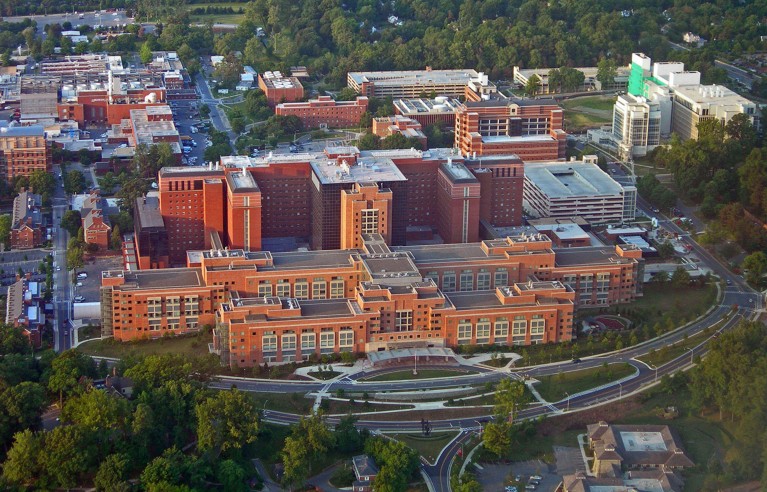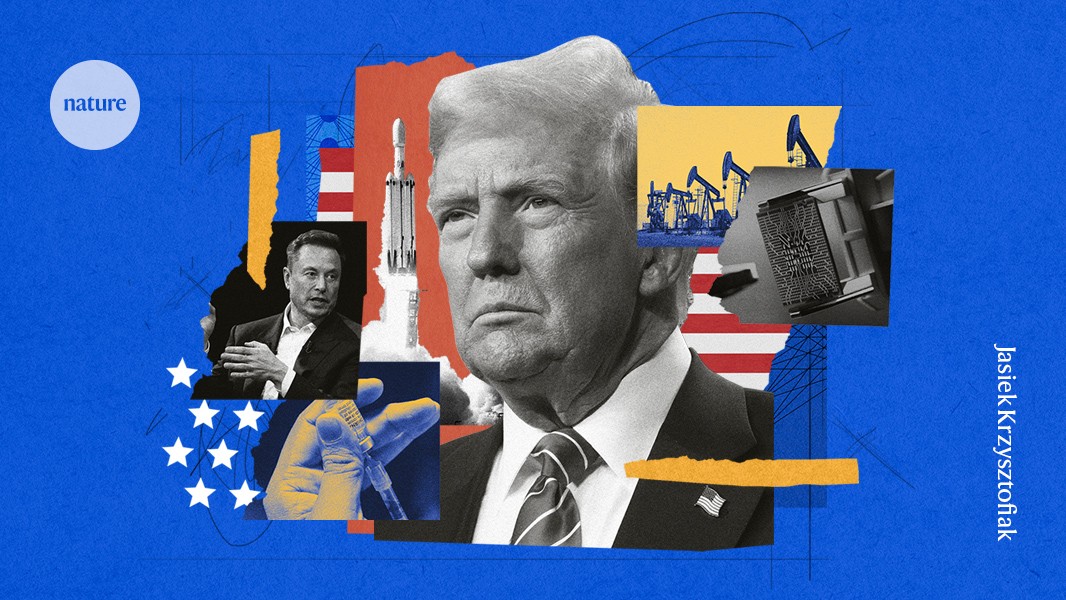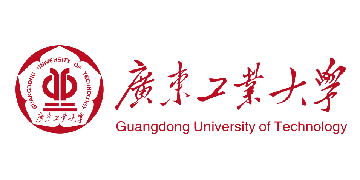“The Science of Power: Unpacking the Role of Trump’s Science Advisers in a Potential Second Presidency”
As the US gears up for another presidential election, one question remains on everyone’s mind: what’s next for Donald Trump? In the event of a second presidency, Trump’s science advisers will play a crucial role in shaping the country’s scientific agenda, making decisions that could have far-reaching impacts on the environment, public health, and the global economy.

In our latest analysis, we delve into the world of Trump’s science advisers, exploring how these individuals could influence his policy decisions and the implications for American science. From climate change denial to healthcare reform, we examine the potential consequences of a second Trump presidency and what it could mean for the scientific community.

The Advisors
Key Players: Kratsios, Sacks, and Parker
As Donald Trump prepares for his second term, a key focus is the reshaping of his science advisory team. The president-elect has nominated three individuals for crucial science-advisory roles, signaling a potential shift in the administration’s approach to science and technology. Michael Kratsios, who served as chief technology officer during Trump’s first term, will lead the White House Office of Science and Technology Policy (OSTP) and serve as the president’s science adviser. David Sacks, a tech investor, will take on the role of ‘AI and crypto czar’ and chair the President’s Council of Advisors on Science and Technology (PCAST). Lynne Parker, a roboticist with experience in AI within the first Trump administration, will assist both Kratsios and Sacks.
Trump’s Focus: AI and Crypto as Cornerstones
Trump’s emphasis on AI during the campaign suggests a continuation of this trend in his second term. Experts believe these nominations reflect a desire to strengthen US technological prowess, particularly in these rapidly developing fields.
Backgrounds and Experience: From Tech to Robotics
Kratsios, a former tech executive, brings a private-sector perspective to the OSTP. Sacks, known for his investments in AI and blockchain technologies, brings a deep understanding of the tech industry and its potential. Parker’s robotics expertise adds another dimension to the team, signaling a focus on automation and its implications for various sectors.
Science Advisers: Power in the Oval Office?
Holdren’s Legacy: A Model of Influence?
The influence of science advisers can vary greatly depending on the president’s receptiveness to their counsel. John Holdren, a physicist who served as science adviser and Head of the OSTP during Barack Obama’s presidency, is often cited as a model of effective science advising. Holdren’s fingerprints are evident in Obama’s climate policy, showcasing the potential impact of a science advisor with direct access to the president and a strong scientific background.
Droegemeier’s Limited Reach: A Case Study
In contrast, Trump’s first science advisor, Kelvin Droegemeier, a meteorologist, faced limitations in his role. Droegemeier was appointed nearly two years into Trump’s term and lacked the ‘assistant to the president’ designation, which provides direct access to the president and enhances influence. This highlights the importance of presidential support and institutional structures in facilitating effective science advising.
The ‘Assistant to the President’ Designation: A Boost for Kratsios?
Trump’s decision to grant Kratsios the ‘assistant to the president’ designation is a significant step. This appointment provides direct access to the president, potentially amplifying Kratsios’s influence on science policy decisions. Holdren, commenting on the designation, praised the move, stating, “I think it’s to Trump’s credit and to Kratsios’s great advantage.” This suggests that the designation can significantly bolster a science advisor’s effectiveness.
Potential Impacts: Winners and Losers in the Lab
Bright Spots: AI, Quantum, and Space Exploration
Trump’s focus on AI and quantum science, coupled with his administration’s support for human space exploration, suggests potential benefits for these sectors. Investments in these areas could lead to advancements in artificial intelligence, quantum computing, and space exploration technologies. Kratsios’s background in tech and Sacks’s investments in these fields indicate a strong likelihood of continued support for these areas.
Dark Clouds: Environmental Science and Public Health
On the other hand, areas such as environmental science and public health face potential challenges. Trump’s skepticism towards climate change and his administration’s history of undermining scientific consensus on these issues raise concerns. The potential cuts to the EPA and the removal of employment protections for federal scientists could further hinder progress in these fields. These developments could lead to reduced funding, weakened environmental regulations, and a diminished focus on public health initiatives.
The Threat to Bureaucracy: Regulations and Federal Jobs
Trump’s emphasis on “government efficiency” through cuts to the bureaucracy could significantly impact scientific research. Reducing the number of “unelected bureaucrats” could result in a loss of experienced scientists and researchers at agencies like the EPA and the FDA. This could lead to a decline in the quality and rigor of scientific research and regulatory oversight. Furthermore, replacing career scientists with political appointees could politicize science and undermine its objectivity.
Conclusion
safe

